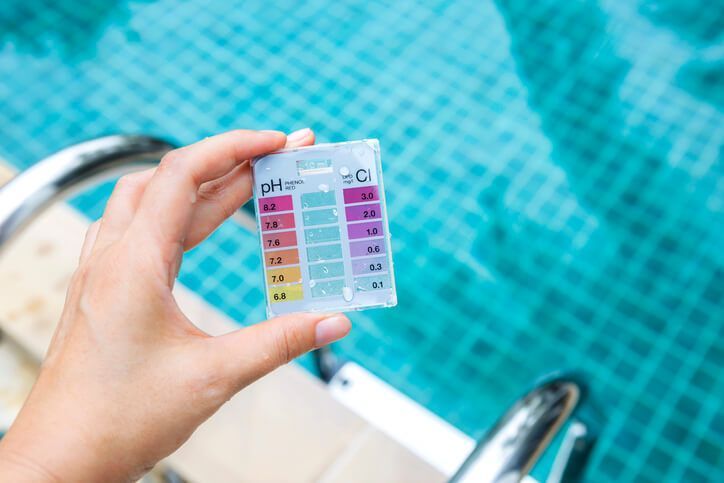Public Swimming Pool Codes and Health Standards: What You Should Know

Public swimming pools are supposed to be fun, safe places for families and individuals to exercise and have some fun. While being around water can pose some risks, there are several swimming pool codes and standards in place to regulate public pools and make sure they are safe for swimmers. This national swimming pool code was established by the Centers for Disease Control and Prevention (CDC). The CDC pool regulations are in place to ensure that pools, water parks, and hot tubs are clean and safe and to reduce the risk of sickness and injury.
Local officials regularly inspect swimming pools and other water facilities to make sure they are following the health department pool regulations. When you take your family to a swimming pool, you can also be on the lookout to make sure the facility follows the pool code. This is an important part of preventing sickness and injury while swimming. Take a look at some of the official CDC pool regulations so you can be a better informed—and safer—swimmer.
Photo Credit: Sirirak
Model Aquatic Health Code (MAHC)
The Model Aquatic Health Code, or MAHC, is a set of voluntary guidelines for swimming and water activities published by the CDC. Adherence isn’t mandatory, but these guidelines represent the latest recommendations for the prevention of drowning and spreading diseases. The content is based on scientific data and is updated every three years. These all-inclusive guidelines address the construction, design, operation, maintenance, and management of public pools, hot tubs, and water parks. Anyone can access the most recent edition of the MAHC here . The guidelines are exhaustive and industry-focused. Here are just a few CDC pool codes :
- A lifeguard must be present at new pools over 5 feet in depth
- Rinse showers are required at swimming pool venues
- Hygiene facilities—bathrooms, diaper changing stations, etc—must be 300 feet from a swimming pool, or 200 feet from a kiddie pool
- Building materials for new and renovated indoor pools must be sound-absorbing to lower noise levels, which can distract lifeguards and cause hearing loss.
- Fencing around the pool must be 6 ft chain link
Virginia Graeme Baker Pool and Spa Safety Act
The Virginia Graeme Baker Pool and Spa Safety Act (VGB Act) is a piece of legislation that was signed into law in 2007. It offers national regulations for the type of pool drains and drain systems that can be used in public pools and hot tubs. The VGB Act is named for a 7-year-old girl who tragically drowned in a hot tub after getting trapped underwater by the powerful drain suction.
According to the VBG Act, pools and spas must have anti-entrapment drain covers and backup vacuum shut-off systems. Safe drain covers are rounded and cannot be covered up completely by a swimmer. The law also recommends that states pass laws requiring pool covers, gates with only one access point, and pool alarms. Before letting your children swim in any pool, check that the drains are pool code compliant and that they aren’t broken. Make sure your children know to stay away from drains.
State Laws
While the MAHC and the VGB Act make recommendations for state laws, each state is not required to follow the national swimming pool code or CDC pool regulations. Aside from national requirements about non-entrapment pool drains, each state has set its own guidelines and pool safety laws regarding signage, lifeguards, hygiene, and construction. Visit this CDC website for links to state pool code information.
If You See a Problem
If you spot any problems at a public swimming facility, from outdated drains to absent lifeguards, you need to say something. Report your concerns to the facility’s management and encourage them to make changes. If you don’t see any changes, or if the management doesn’t seem to care about pool code violations, contact your state’s department of health to report your safety concerns and suggest an inspection. Finally, if you have any concerns about a pool’s safety, do not allow your children to swim there.
Where Safety Meets Fun
As long as the pool code is followed and parents and children are careful around the water, swimming pools can be a fun way to exercise and spend time together. CDC pool regulations are in place to keep everyone safe, so if you are worried about a potential violation, speak up. An important component of pool safety is knowing how to swim. Give your family important exercise and safety skills by signing up for a swimming class at SwimJim.
The post Public Swimming Pool Codes and Health Standards: What You Should Know appeared first on Swim Jim.







